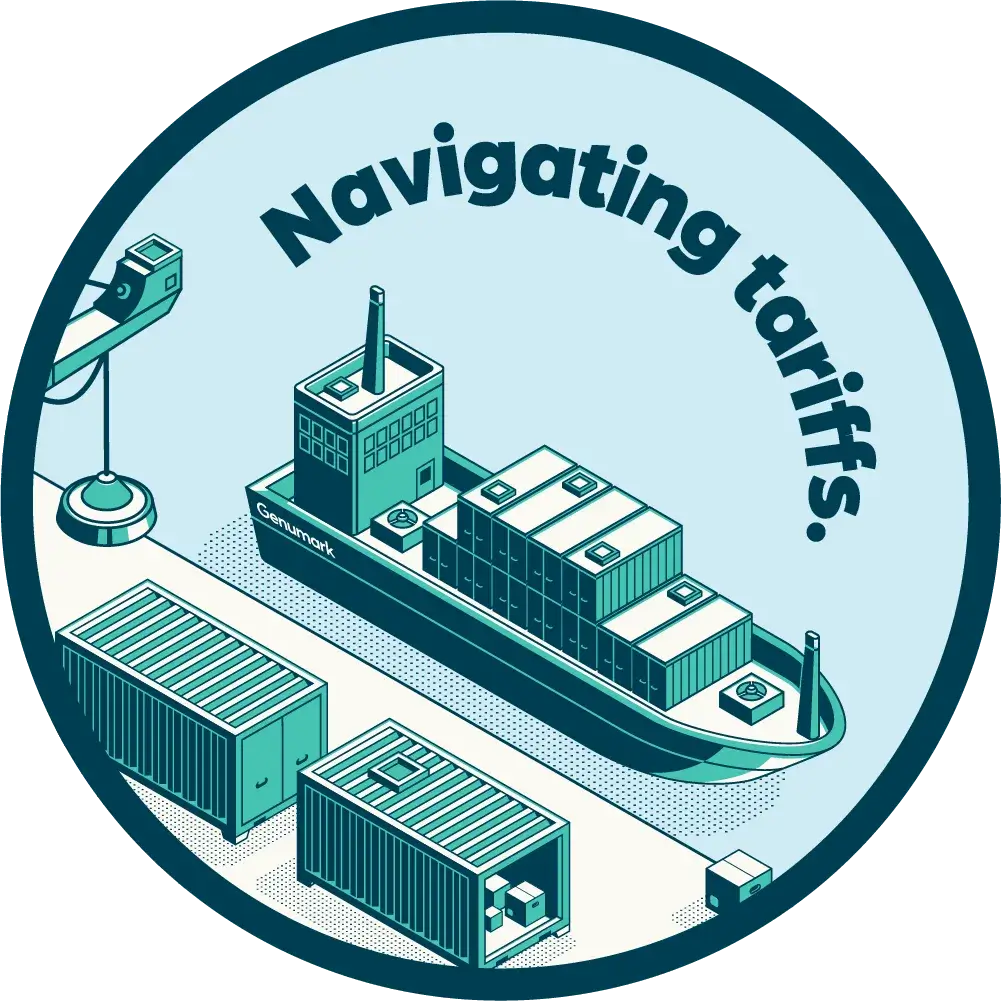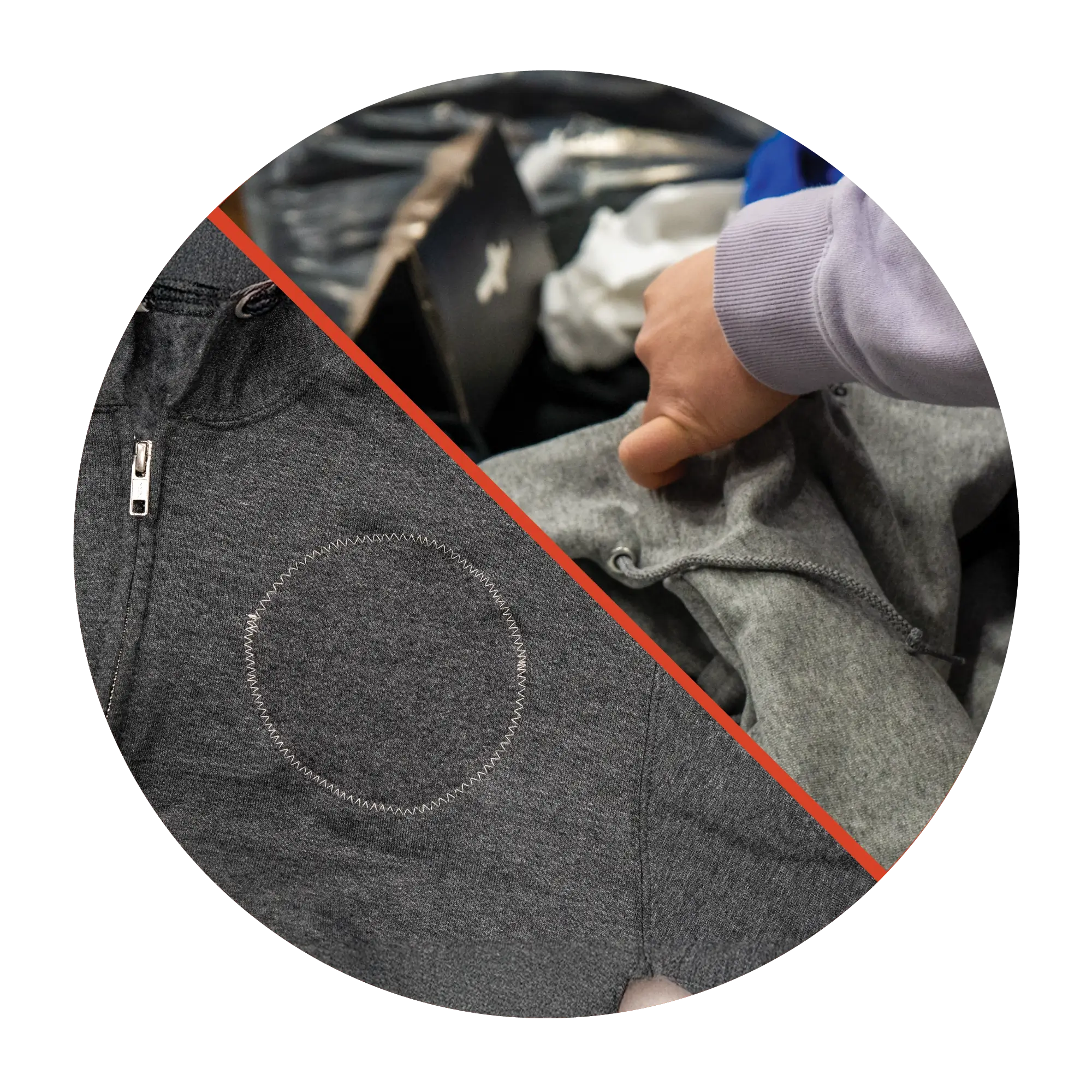Looking to make a positive impact with your branded merchandise? Choosing planet-friendlier materials is a great place to start. While no material is entirely without environmental impact, there are smarter, more sustainable choices that can reduce harm to our planet.
Here, we explore some of the most common materials used in clothing production and highlight eco-conscious alternatives that can help you make more responsible choices for your brand.
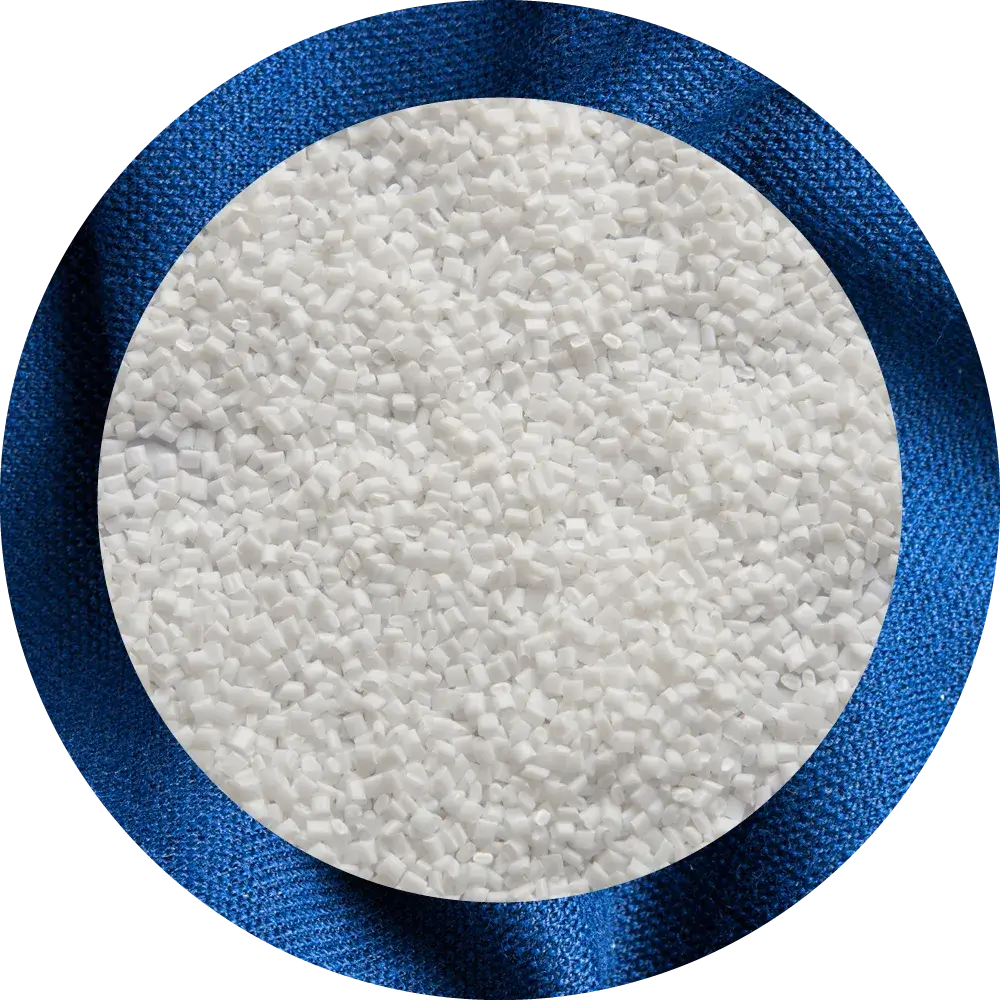
Polyester: Derived from nonrenewable oil, polyester is known for its durability, making it a go-to for uniforms and tough jobs. But this strength comes at a high cost. Polyester doesn’t biodegrade, instead breaking down into harmful microplastics that pollute our water and persist in the environment for centuries, contributing to long-term environmental damage.

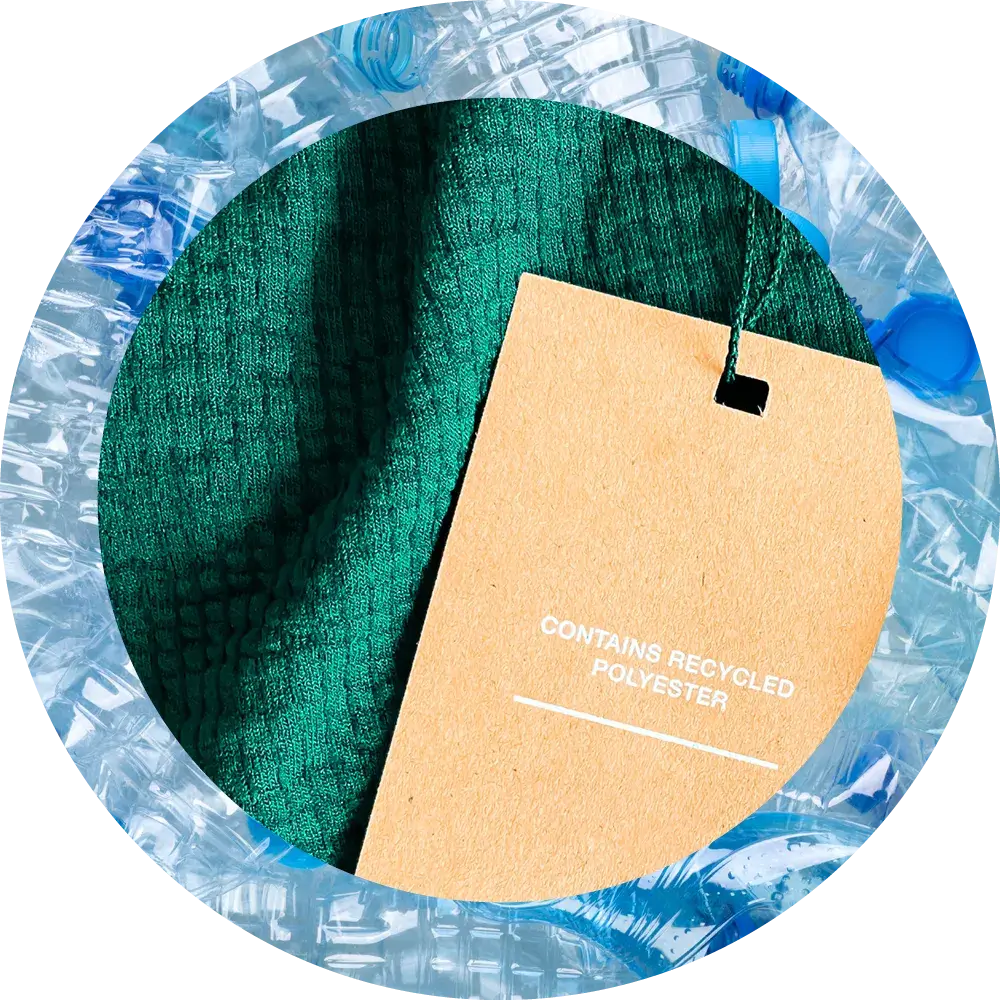
rPET: By repurposing plastic waste, such as bottles from oceans, rPET (e.g., Repreve) reduces energy consumption and resource use compared to virgin polyester. However, despite its eco-friendly origins, rPET faces the same challenges: it’s non-biodegradable and still releases microplastics, perpetuating pollution long after its use.

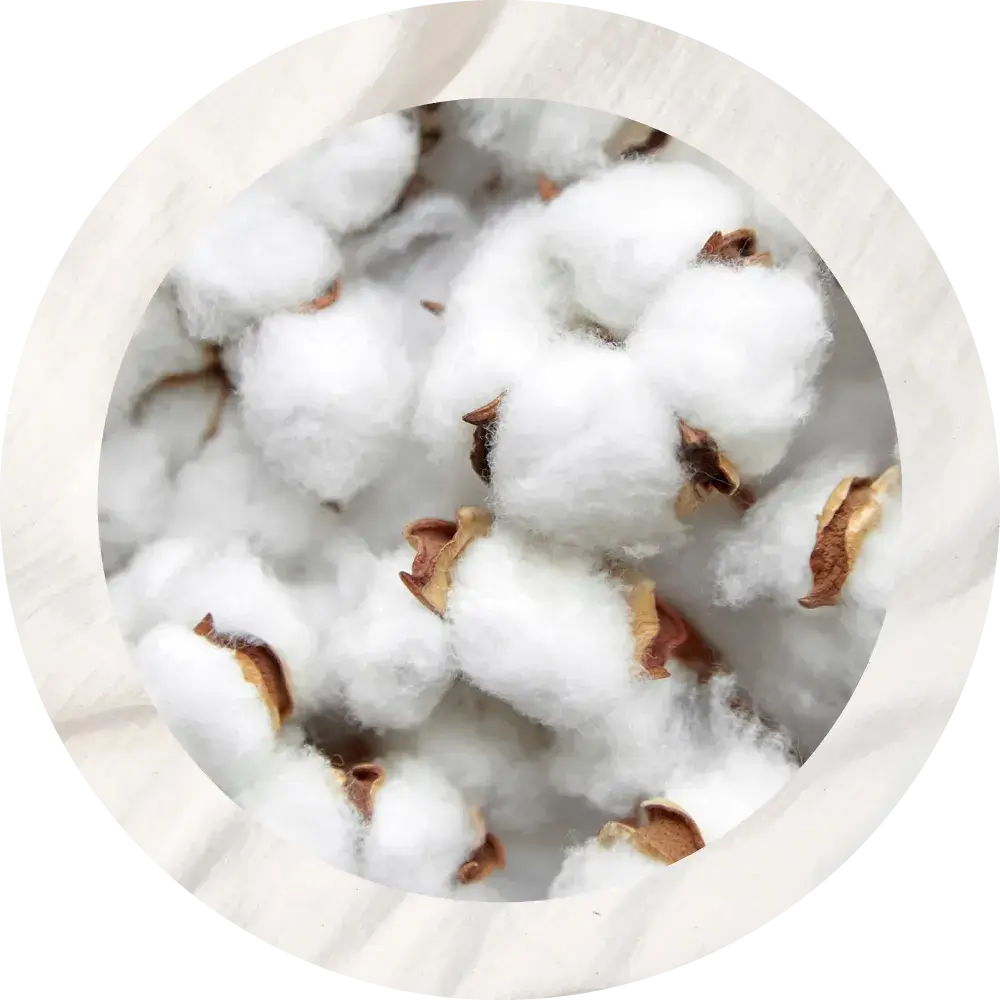
Cotton: While renewable, traditional cotton has a significant environmental footprint, requiring vast amounts of water, land, and chemicals for cultivation. Though biodegradable and capable of breaking down in as little as a few weeks in compost, cotton can take 5 to 40 years to decompose in landfills, depending on factors like moisture, temperature, and landfill density. Its environmental impact is far greater than its natural origins suggest.

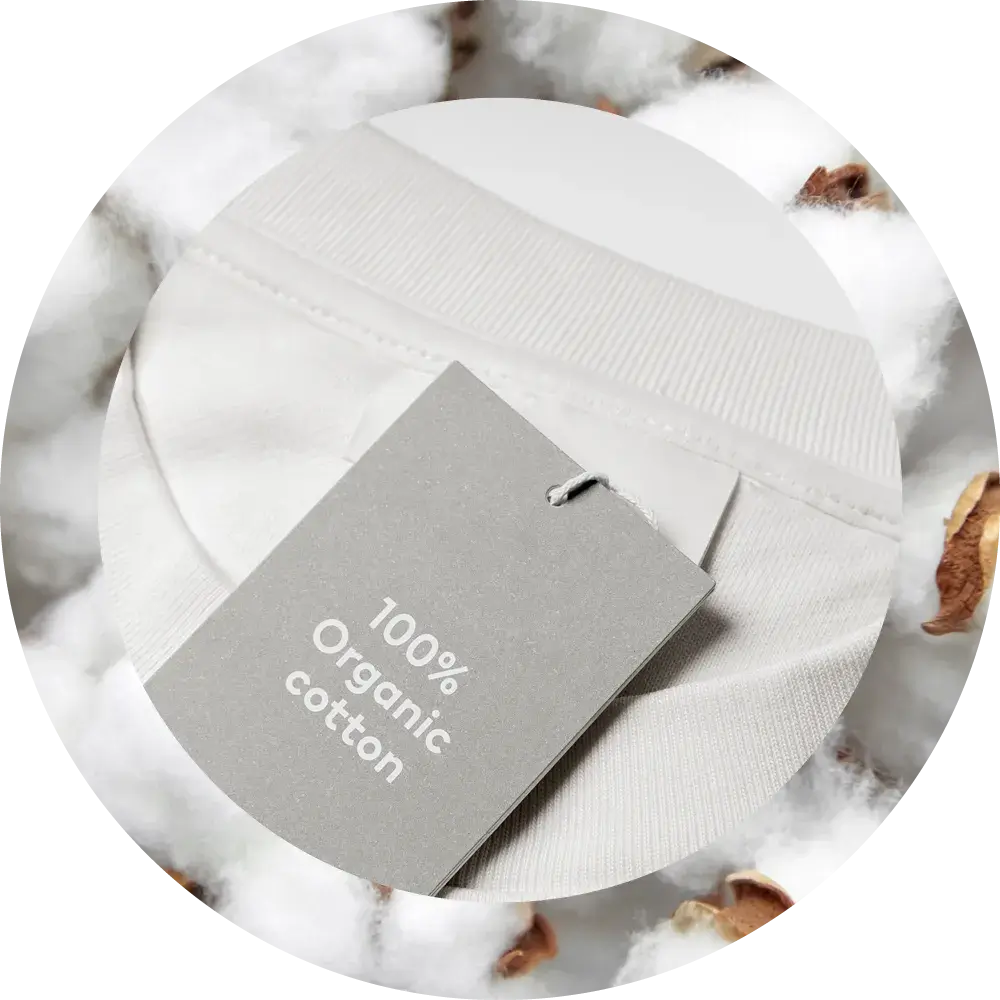
Bamboo: Touted as a fast-growing, renewable resource, bamboo is often seen as a low-impact alternative. However, turning it into fabric tells a different story. Most bamboo textiles undergo chemical-intensive processing that uses harmful substances, posing serious environmental and health risks. While mechanical processing with natural enzymes is an eco-friendlier method, it’s rare and costly. Bamboo has promise, but without better processing methods and greater transparency, its sustainability potential remains largely untapped.

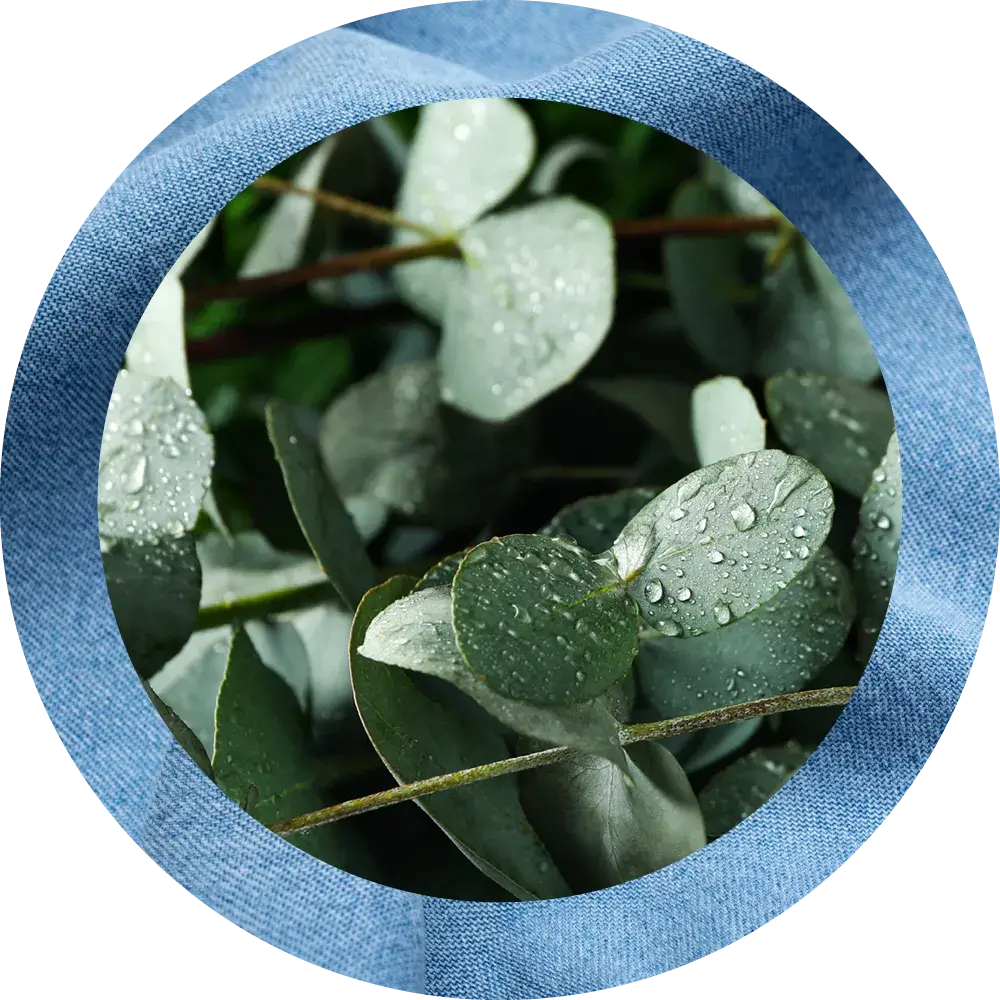
Tencel (lyocell): Derived from sustainably sourced eucalyptus wood pulp, Tencel stands out for its eco-friendly production process. Unlike bamboo, it uses minimal toxic chemicals and operates in a closed-loop system, recycling 99% of the solvents. Soft, durable, moisture-wicking, and fully biodegradable, Tencel also uses 40% less non-renewable energy than cotton, making it a highly sustainable and responsible choice for both performance and the planet.

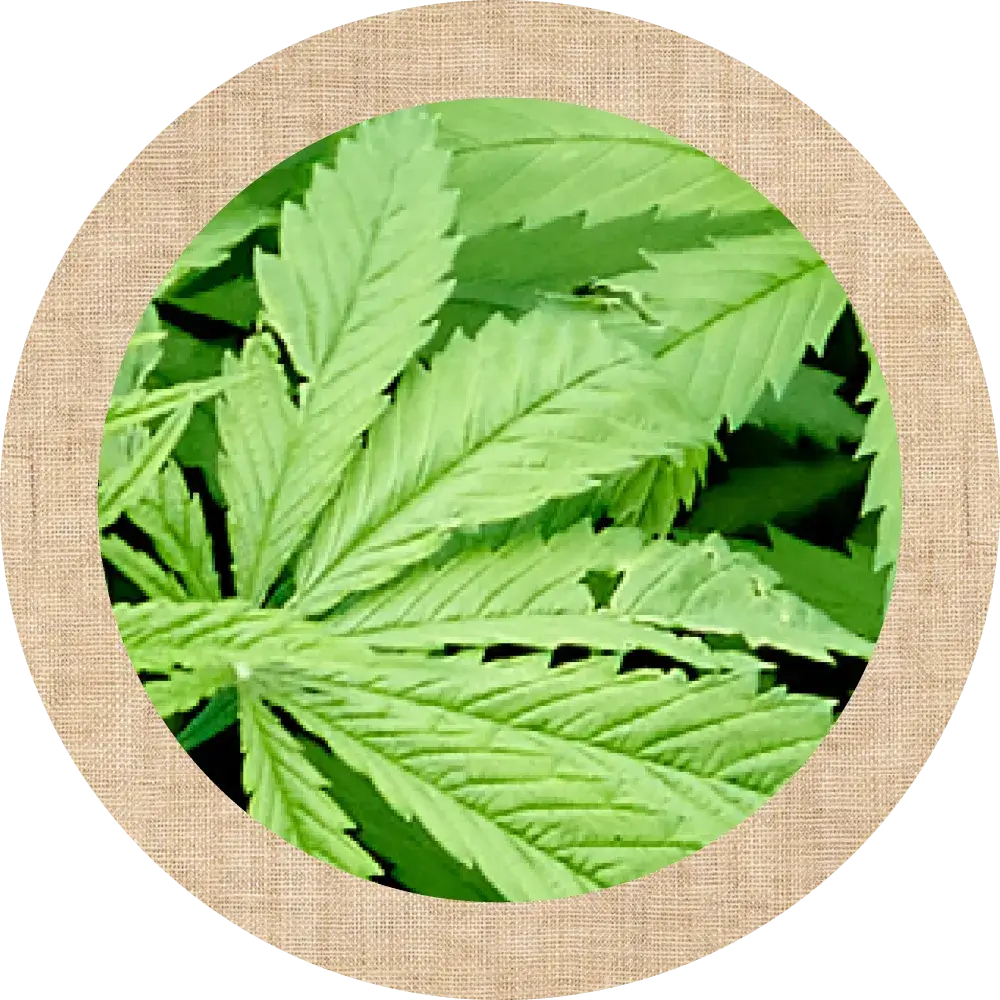
Hemp: A powerful eco-friendly crop, hemp, a variety of Cannabis sativa grown for industrial use, thrives without harsh chemical herbicides and naturally replenishes 60-70% of nutrients back into the soil. It’s incredibly water-efficient, using just a fraction—about 25%—of the water required for cotton, both in growth and processing. Hemp stands as a sustainable alternative, offering high performance with minimal environmental impact.

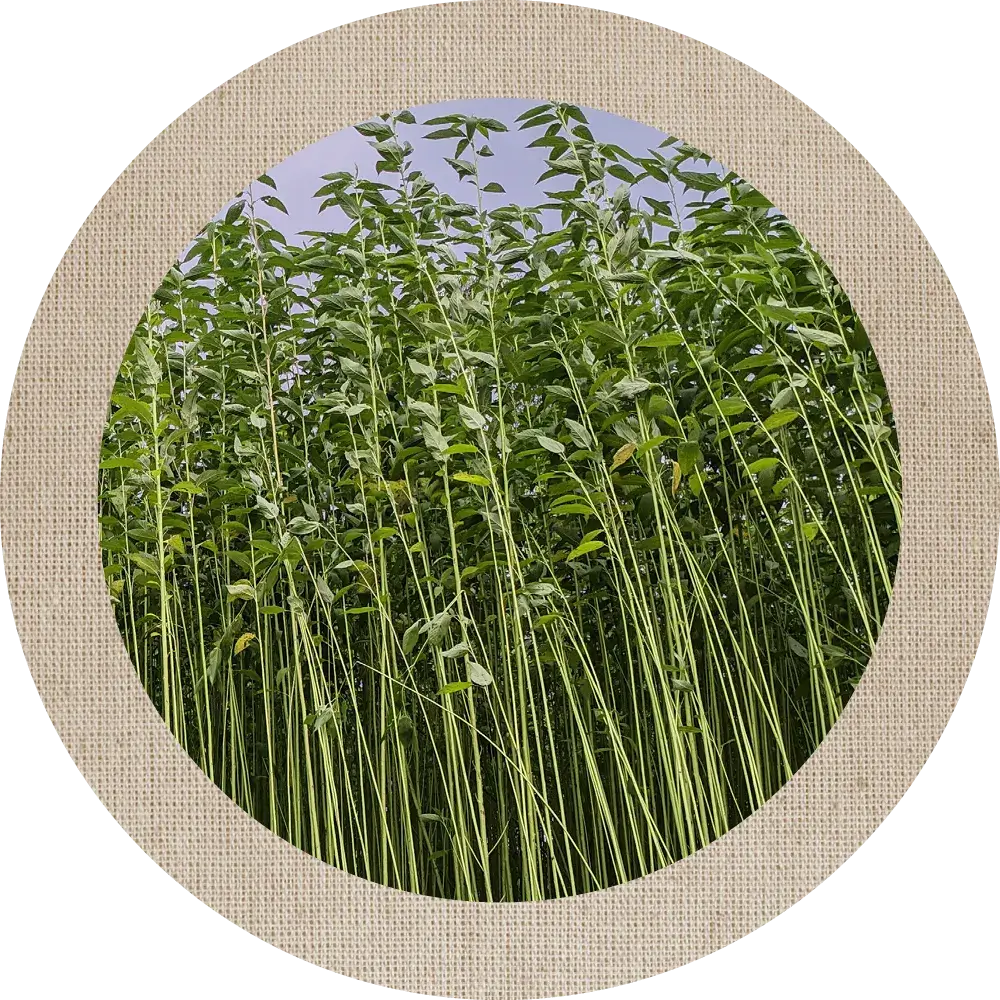
Jute: Sourced from the stem and skin of the jute plant, this fiber is a more sustainable option. It requires far less water and pesticides than cotton, making it a more planet-friendly alternative. Jute is also renewable and fully biodegradable, offering a natural, low-impact solution for environmentally conscious products.

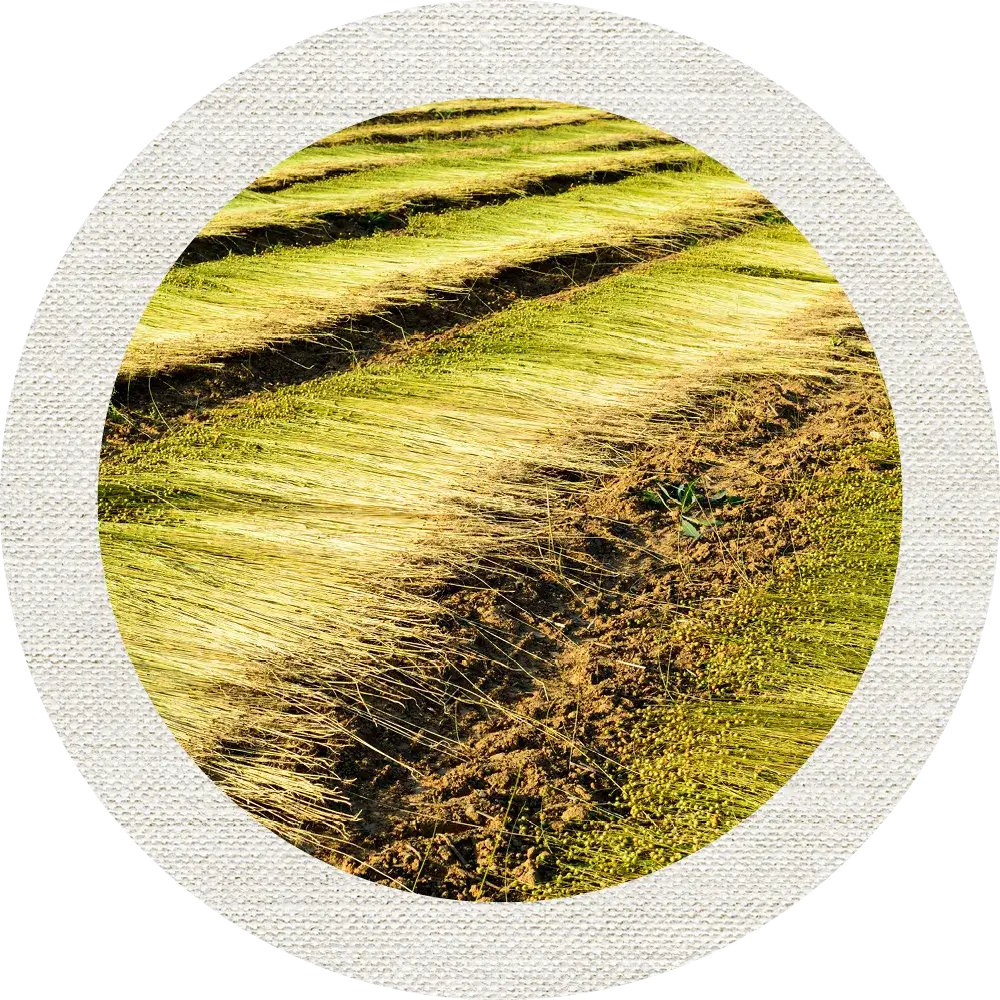
Linen: Crafted from the flax plant, linen is a durable, long-lasting fabric that is fully biodegradable. However, its production is less common due to the labor-intensive and costly processing involved. Despite these challenges, linen remains a highly sustainable option, valued for its strength, low environmental impact, and timeless appeal.

We have to start with a clear look at the impact of our materials, the good and the bad, in order to know where to improve and innovate. While we may not yet have a vast array of alternatives readily available, the options we do have offer a promising glimpse into the future of fashion. So, what can YOU do with this information? If you’re looking to make a more planet-friendly choice for your next project, our team is here to guide you through the available options. Reach out to your Genumark rep for more help, and you’ll also want to dive into our Responsible Sourcing Guide for even more information.
